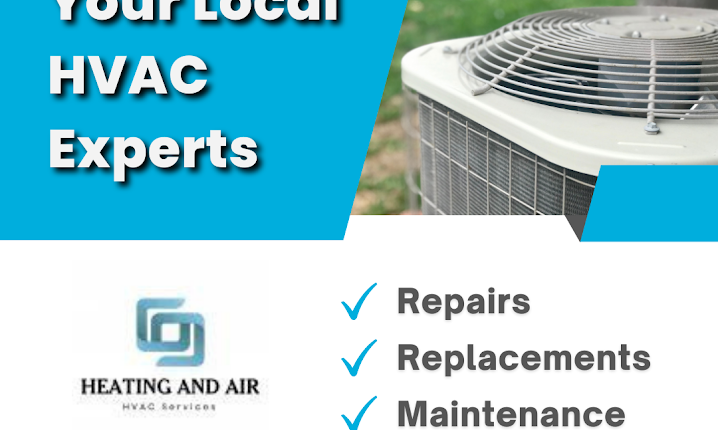
California, known for its progressive stance on environmental conservation and energy efficiency, has set a precedent in shaping regulations for various industries, including heating, ventilation, and air conditioning (HVAC) systems. With a keen focus on reducing energy consumption, enhancing indoor air quality, and promoting sustainable practices, the state has established stringent guidelines that impact HVAC manufacturers, contractors, and consumers. In this article, we delve into the regulations for HVAC systems in California, highlighting their significance and implications.
Energy Efficiency Standards
At the forefront of California’s HVAC regulations are energy efficiency standards that aim to mitigate the environmental impact of heating and cooling systems. The California Energy Commission (CEC) plays a pivotal role in setting and updating these standards, which dictate the minimum efficiency requirements for HVAC equipment. The standards encompass various aspects, including SEER (Seasonal Energy Efficiency Ratio) for air conditioners and heat pumps, AFUE (Annual Fuel Utilization Efficiency) for furnaces, and HSPF (Heating Seasonal Performance Factor) for heat pumps.
Refrigerant Regulations
California’s commitment to reducing greenhouse gas emissions extends to refrigerants used in HVAC systems. In alignment with global efforts to phase out ozone-depleting substances and high-GWP (Global Warming Potential) refrigerants, the state has adopted regulations that limit the use of certain refrigerants. This includes the gradual phase-out of hydrochlorofluorocarbons (HCFCs) and high-GWP refrigerants in new HVAC equipment.
Title 24: Building Energy Efficiency Standards
Title 24, also known as the California Building Energy Efficiency Standards, encompasses a wide range of regulations aimed at reducing energy consumption in residential and commercial buildings. These standards cover HVAC systems, lighting, insulation, and more. HVAC-related requirements in Title 24 include equipment efficiency, duct insulation and sealing, ventilation rates, and controls for systems to optimize energy usage.
Indoor Air Quality (IAQ) Standards
California places a strong emphasis on indoor air quality to ensure the health and comfort of building occupants. HVAC systems play a critical role in maintaining good indoor air quality, and regulations address aspects such as ventilation rates, filtration systems, and the prevention of indoor air pollutants. These regulations are designed to create healthier indoor environments for residents and workers.
Local Regulations and Incentives
In addition to statewide regulations, some local jurisdictions in California may have specific requirements that go beyond the state standards. Moreover, California offers various incentives, rebates, and programs to encourage the adoption of energy-efficient HVAC systems. These incentives can help offset the costs associated with upgrading to more efficient equipment.
Conclusion
California’s HVAC regulations represent a comprehensive and forward-thinking approach to addressing energy consumption, environmental impact, and indoor comfort. By setting high standards for energy efficiency, refrigerant usage, indoor air quality, and building practices, the state leads the way in promoting sustainable HVAC systems. Manufacturers, contractors, and consumers alike are integral players in adhering to and benefiting from these regulations, contributing to a greener and more energy-efficient future for all.


Recent Comments